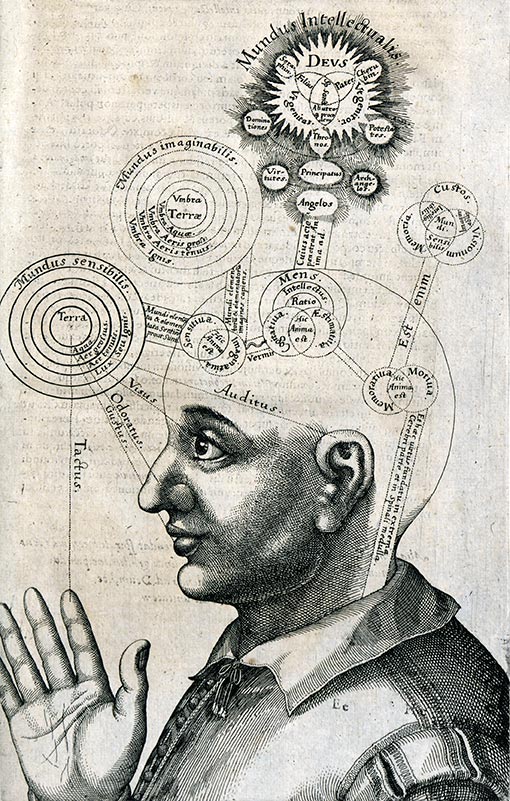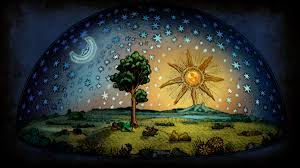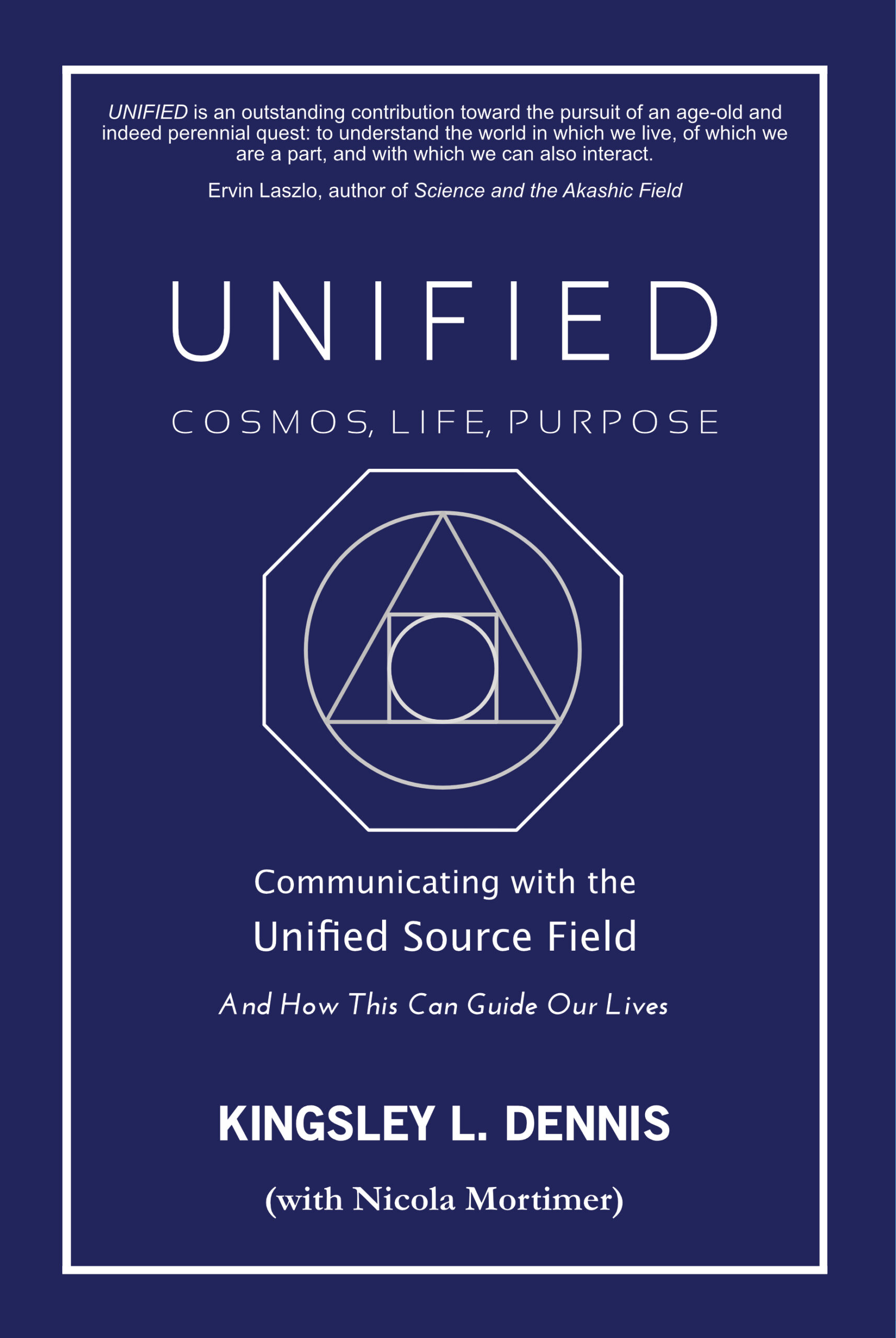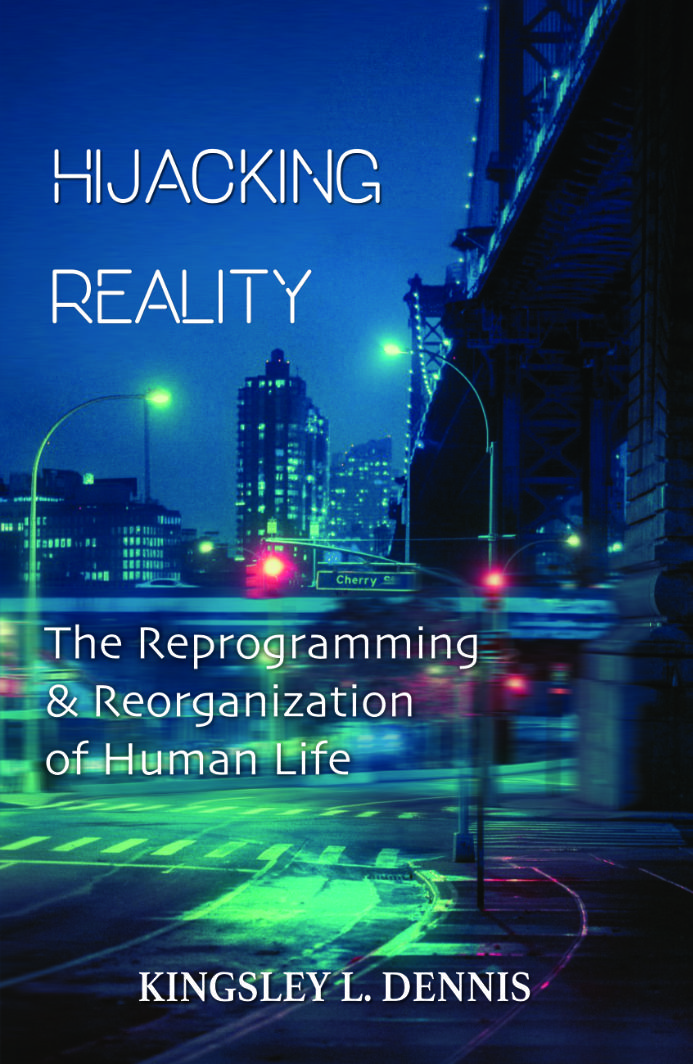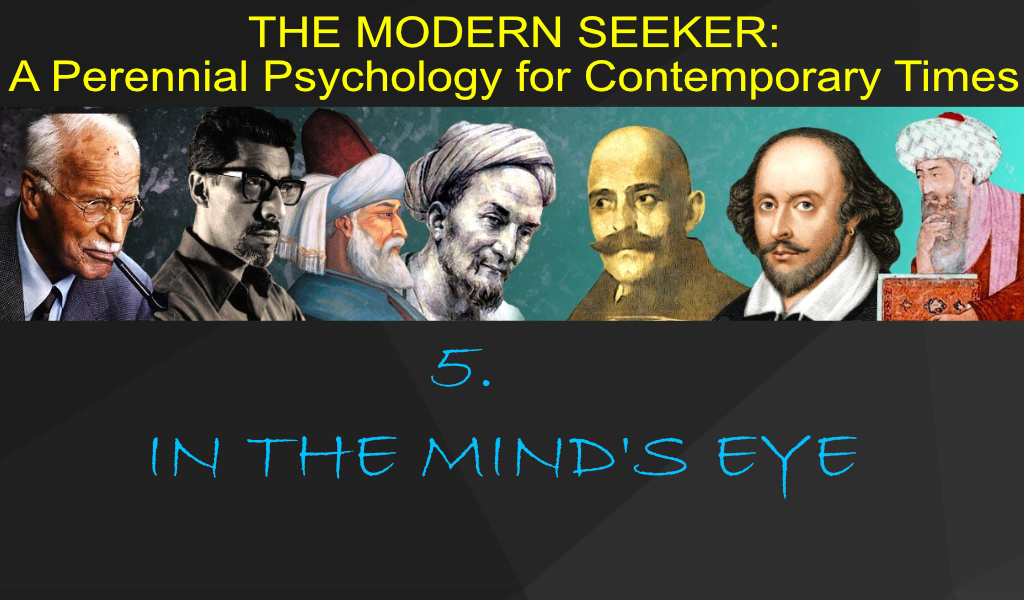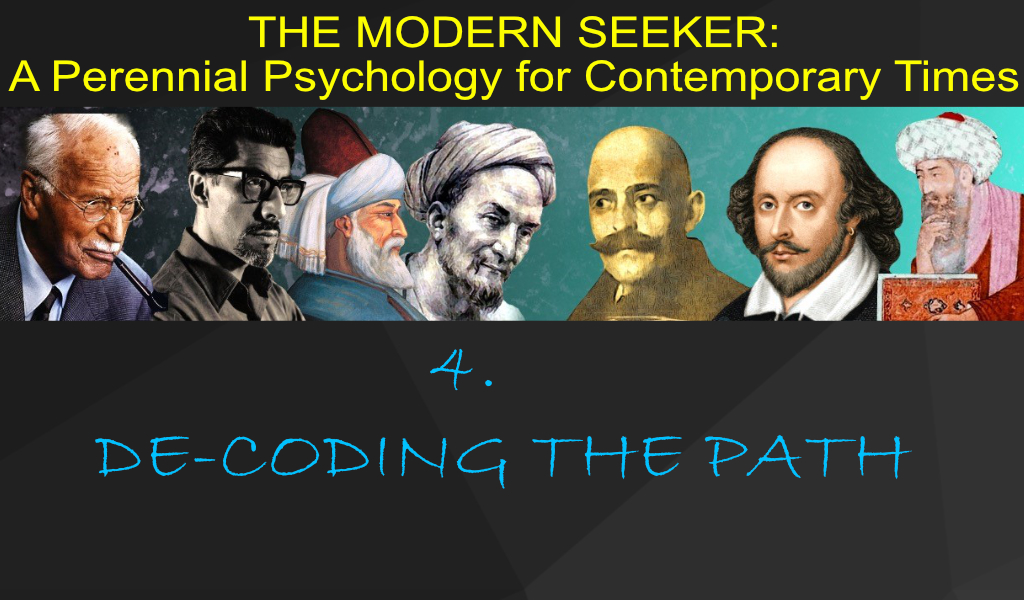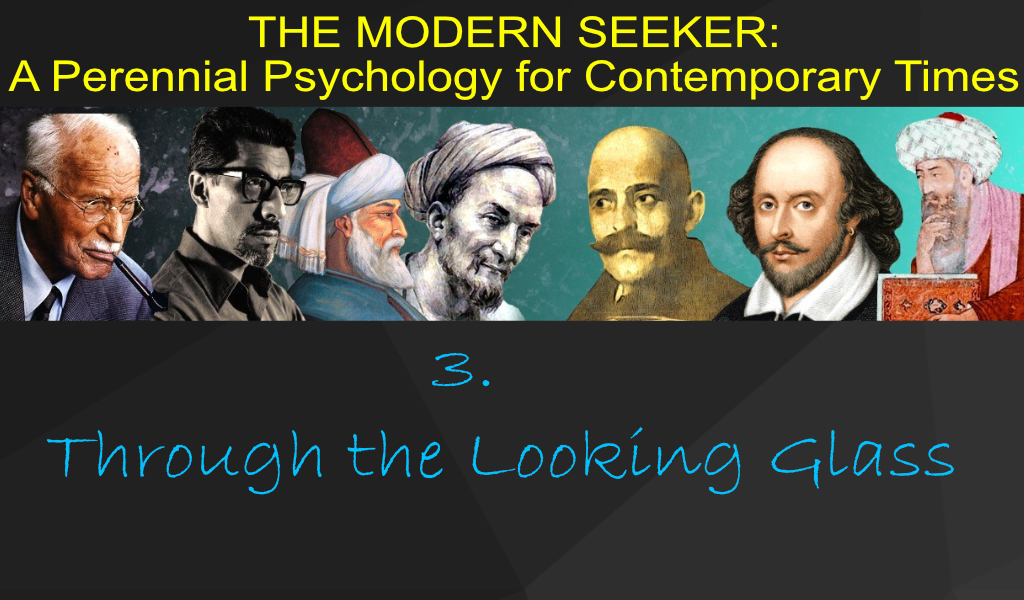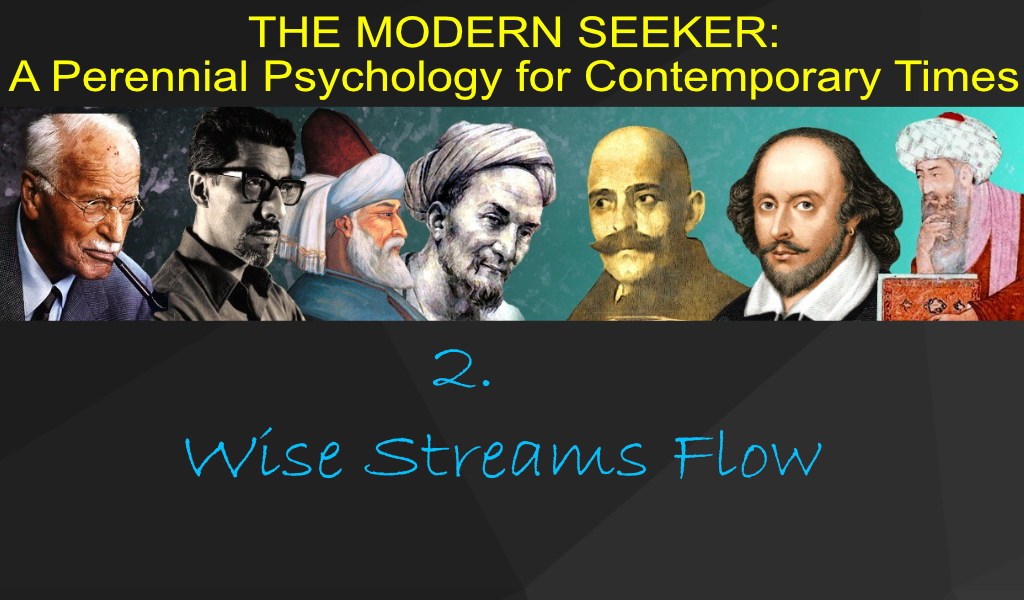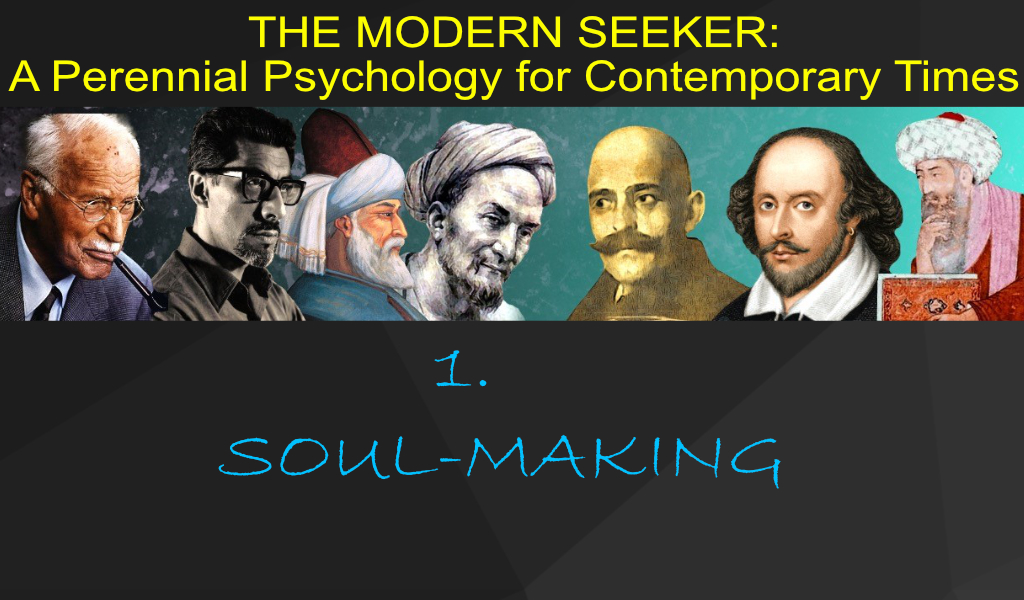CONSCIOUSNESS, COSMOS & PURPOSE
PART I – Implications of a non-local view of human consciousness
Philosophers, artists, and scientists have been debating for centuries the questions concerning human consciousness: what it is and how it emerges. The question of human consciousness has also been at the heart of many mystical teachings, although these have tended to be based on revelation rather than investigation and discussion. Over the course of these many and varied investigations, debates have been divided between materialistic and what may be rather loosely termed as spiritual-metaphysical worldviews. In recent decades, thanks largely to the advance of sophisticated scientific methods and technology, scientists have been able to map and study the human brain, including neuronal patterns, brain disorders, and pathways of human thinking. This has led to an increased certitude among many scientists of a material view of human consciousness. In other words, consciousness as a by-product of the physical brain and as such cannot exist without brain function. This is the dominant paradigm amongst materialist thinkers and scientists. In more recent years, with the further research into nonlocal phenomena and theories of a holographic universe, various investigators have been re-visiting our received understanding of human consciousness. From these renewed scientific insights into the nature of a nonlocal cosmos, new findings have appeared that throw light onto how consciousness may operate. Furthermore, a nonlocal understanding of consciousness can provide cutting-edge implications for an increasingly interconnected human society. The research and ideas that I am going to put forth in this series of essays will imply that the future of human evolution upon this planet is largely also a question of the evolution of consciousness – specifically, conscious evolution. And the implication of conscious evolution is that it provides purpose – meaning – for a life that participates in this developmental impulse. I begin by examining some of the new perspectives or ‘concepts’ regarding human consciousness.
In his Consciousness in the Cosmos trilogy The basic premise of this understanding of consciousness is that neuronal networks in the human brain have evolved to such a height of complexity that they produce a level of self-consciousness above that of any other animal on the planet (except perhaps dolphins and porpoises). This ‘turbine theory’ is thus not limited solely to human beings but is applicable to the vast range of living beings on the planet. Yet the level of complexity in biological evolution is, in this theory, related to the degree of consciousness produced by each specific living creature. Even though in recent years there have been renewed calls for a neurological basis for consciousness such pioneering theories still maintain an orthodox position. For example, neuroscientist Christof Koch, chief scientific officer at the Allen Institute for Brain Science, has publicly stated that ‘consciousness arises within any sufficiently complex, information-processing system. All animals, from humans on down to earthworms, are conscious… That’s just the way the universe works.’[ii] For Koch, consciousness is a by-product of complexity; thus, complex systems produce varying levels of consciousness, and ‘how much consciousness they have depends on how many connections they have and how they’re wired up.’[iii] Another so-called ‘cutting-edge’ theory from science is “orchestrated objective reduction” (‘Orch OR’), which was first put forward in the mid-1990s by eminent mathematical physicist Sir Roger Penrose, and prominent anesthesiologist Stuart Hameroff.[iv] This theory claims that consciousness derives from deeper level, finer scale activities inside brain neurons. Although controversial at the time it has now gained greater credibility since the recent discovery of quantum vibrations in “microtubules” inside brain neurons now appears to corroborate this theory. Yet despite such recent examples of radical new scientific theories of consciousness, they still cling to the basis of an old paradigm ‘turbine theory.’ In other words, that consciousness is a secondary phenomenon resulting from primary activity located in the human brain. Despite the apparent strengthening of the mainstream outlook on consciousness such a perspective has come under increasing critical doubt, owing to a range of experiences that appear to throw doubt upon its validity. Challenges to the turbine theory of consciousness have come from increasing evidence of ‘after death’ conscious experiences. According to the orthodox view, consciousness ceases when the brain dies – i.e., no generator, no current. For most of us this may seem like an obvious deduction. However, evidence to the contrary is now contradicting this theory. Many cases are now proving that human consciousness is maintained even though a person is technically declared brain dead. The near-death experience (known as the NDE) has been reported by sufficiently large numbers of people who were declared brain-dead. Conscious experience in brain dead people has been reported in almost 25 percent of tracked cases. The NDE phenomenon has now been widely researched and discussed by many credible sources.[v] Furthermore, this phenomenon is not new and there are accounts of NDEs occurring in medieval times.[vi] The existence of consciousness – a by-product of brain activity – in the absence of brain function cannot be accounted for by the mainstream turbine theory. There are also numerous indications that human consciousness exists in cases of permanent death. That is, many years after a person has died their consciousness remains available for contact and communication; whether through channelling or forms of ESP. However, in these cases the actual person is unable to return to life to corroborate the experience personally. Yet there is now enough credible evidence to put doubt into the mainstream theory that consciousness is solely a by-product of localized brain activity. From this position of critical uncertainty Laszlo took the next step to suggest that a way to account for such anomalies is to assume that consciousness is in some way conserved beyond the brain; that is, as a nonlocal phenomenon. Laszlo posited the ‘cloud theory,’ to use computer terminology. In this hypothesis, consciousness is something stored external to the brain. In terms of Laszlo’s ‘computer theory’ of consciousness, this is similar to how information would be conserved on digital platforms accessed by computer networks or other cloud-enabled devices. Likewise, using this analogy, the mainstream theory of consciousness would be akin to an old-fashioned computer without built-in-memory that would lose all its data once switched off. In this regard, the cloud theory posits consciousness as non-local, rather than localized within the brain. Further, the cloud theory allows for not only individual consciousness to be stored, and be recalled, but multiple. This perspective of accessing multiple consciousnesses, beyond our individual one, is reminiscent of Jung’s collective consciousness. This theory would appear to support the observations of psychiatrists and consciousness researchers who have induced altered states of consciousness in their clients. When in altered states a vast majority of people have the capacity to recall almost everything that has happened to them. Moreover, their recall is not limited solely to their own experience but can also include the experiences of other people as well.[vii] This cloud theory therefore suggests something akin to a collective field of consciousness that makes complete information available relative to the mode of access. This perspective shares similarities with the scientific research on the Akashic Field[viii] and Morphic Resonance[ix]. Yet it also appears that despite the appropriateness of the cloud theory of consciousness, it too does not account for all observations. In various recorded accounts of altered state consciousness it appears that contact/access is not only made with traces of one’s nonlocal consciousness but also with distinctive separate conscious intelligence. That is, with an active consciousness that is not the consciousness of a living person. Such experiences, once the realm of shamanic or indigenous traditions, has increasingly entered into mainstream cultures. Previously, such ‘encounters’ were labelled as mystical or simply conveniently ignored as a quirky anomaly. However, as western science has developed its exploration of the inner realms (such as in transpersonal psychology and similar practices), such experiences have become more widespread and thus need to be accounted for. From this evidence a remarkable conclusion arises: that human consciousness can connect, and often communicate, with conscious entities that not only manifest a sense of self, but also carry distinct memories and information. This experience can neither be accounted for in the mainstream turbine theory nor the more radical cloud theory of consciousness. According to Ervin Laszlo, the most likely explanation is a ‘third concept’ – that consciousness is a cosmic phenomenon with holographic qualities (the ‘hologram theory’). For Laszlo, the hologram theory posits that consciousness may manifest ‘in’ spacetime yet is a source that exists in a realm beyond spacetime. In other words, consciousness has its origins in a deeper dimension (in a ‘unitary cosmic matrix’), and yet is manifested as a holographic projection within our quantifiable reality. This, Laszlo tells us, posits that all forms of localized consciousness are manifestations of an integral consciousness that is beyond spacetime. The implications of this understanding are that consciousness is not ‘in’ the brain, ‘produced’ by the brain, nor ‘stored’ beyond the brain, but is a localized aspect of a conscious intelligence that infuses the cosmos with its source beyond spacetime. Such understanding takes us beyond linear thinking, where consciousness is seen as a by-product of the brain, to integral thinking that says the brain receives and interprets consciousness, which is infused in the cosmos, but does not produce it. This realization, aided by the very latest scientific findings, points toward a unified cosmic matrix (also previously referred to as zero-point, cosmic plenum, or vacuum) as generating what we perceive as spacetime. The materiality of spacetime is thus a holographic projection, coded from an underlying cosmic matrix, which is the source of conscious intelligence. All things which emerge into our reality are holographic projections from a deeper dimension. The understanding that consciousness belongs to a deeper dimension of reality has been the domain of a long perennial tradition that has been embraced by many well-known spiritual figures, artists, and even a handful of intuitive scientists. Now it is emerging as the new scientific paradigm for our era. And the evidence for this, it appears, lies in the incredible coherence of the cosmos. Bibliography Alexander, Eben (2012) Proof of Heaven: A Neurosurgeon’s Journey into the Afterlife. Oxford: Piatkus Carter, Chris (2010) Science and the Near-Death Experience; How Consciousness Survives Death. Rochester: Inner Traditions Elgin, Duane (2014) ‘The Buddha Awakening, Integral Expanding, and a Second Axial Age for Humanity’, Journal of Integral Theory and Practice, 2014, 9(1), 145-154. Grey, Margot (1986) Return from Death: An Exploration of the Near-death Experience. London: Arkana Laszlo, Ervin (2004) Science and the Akashic Field: An Integral Theory of Everything. Rochester: Inner Traditions Laszlo, Ervin; Peake, Anthony (2014) Immortal Mind: Science and the Continuity of Consciousness Beyond the Brain. Rochester: Inner Traditions Lorimer, David (1990) Whole in One: The near-death experience and the ethic of interconnectedness. London: Arkana Moorjani, Anita (2012) Dying to Be Me: My Journey from Cancer, to Near Death, to True Healing. New York: Hay House Russell, Peter (1988) Awakening Earth – The Global Brain. London: Arkana Sheldrake, Rupert (2009) Morphic Resonance: The Nature of Formative Causation. Rochester: Park Street Press Tainter, Joseph (1990) The Collapse of Complex Societies. Cambridge: Cambridge University Press Zaleski, Carol G. (1988) Otherworld Journeys: Accounts of Near-Death Experience in Medieval and Modern Times. Oxford: Oxford University Press [i] As appeared in Watkins Mind Body Spirit magazine, vols. 39/40/41. [ii] See http://www.wired.com/2013/11/christof-koch-panpsychism-consciousness/all/ [iii] See http://www.wired.com/2013/11/christof-koch-panpsychism-consciousness/all/ [iv] See http://www.sciencedaily.com/releases/2014/01/140116085105.htm [v] Notable examples include Science and the Near-Death Experience; How Consciousness Survives Death by Chris Carter; Dying to Be Me: My Journey from Cancer, to Near Death, to True Healing by Anita Moorjani; Proof of Heaven: A Neurosurgeon’s Journey into the Afterlife by Eben Alexander; The Immortal Mind: Science and the Continuity of Consciousness Beyond the Brain by Ervin Laszlo & Anthony Peake; Return from Death: An Exploration of the Near-death Experience by Margot Grey; and Whole in One: The near-death experience and the ethic of interconnectedness by David Lorimer. [vi] Otherworld Journeys: Accounts of Near-Death Experience in Medieval and Modern Times by Carol G. Zaleski [vii] For example, see the work of Stanislav Grof – http://www.stanislavgrof.com/ [viii] Science and the Akashic Field: An Integral Theory of Everything by Ervin Laszlo [ix] Morphic Resonance: The Nature of Formative Causation by Rupert Sheldrake

